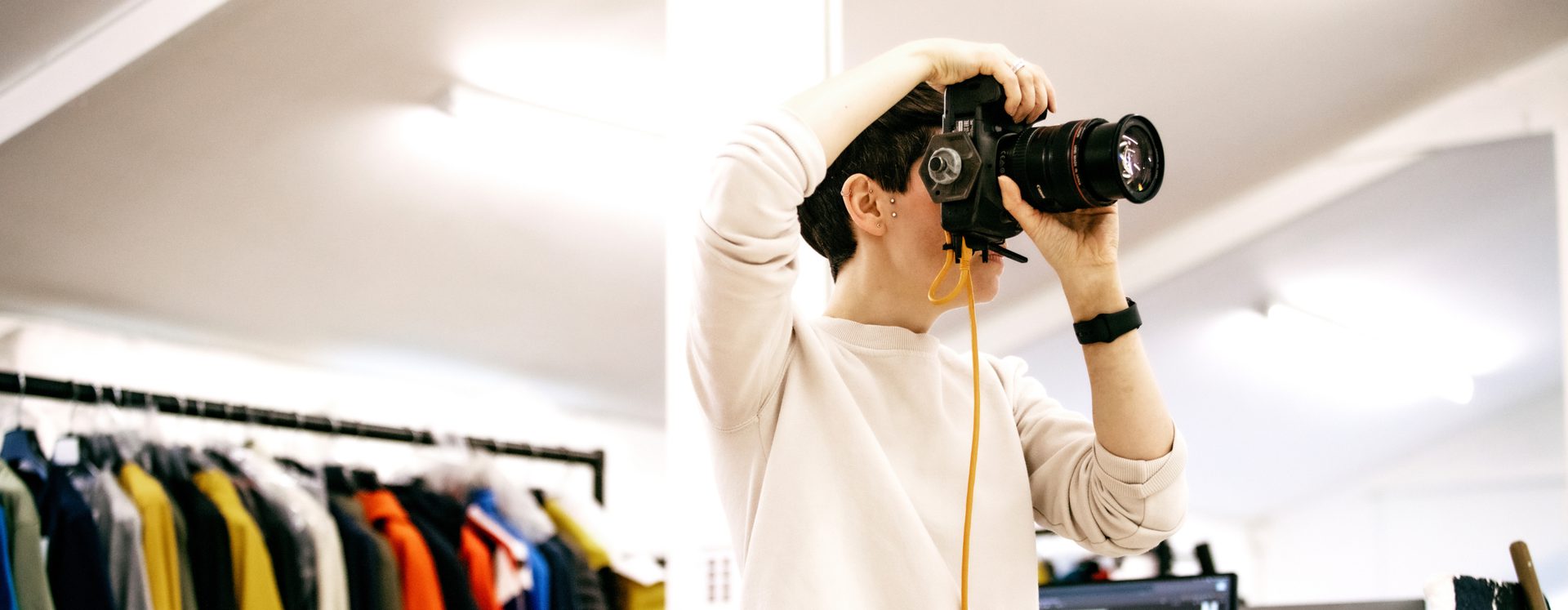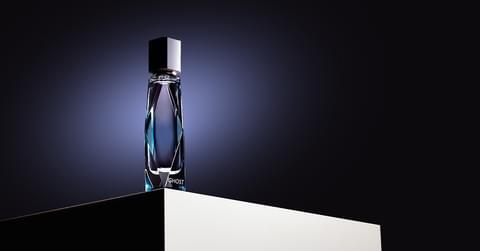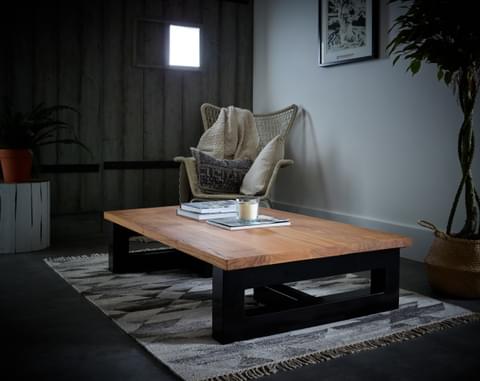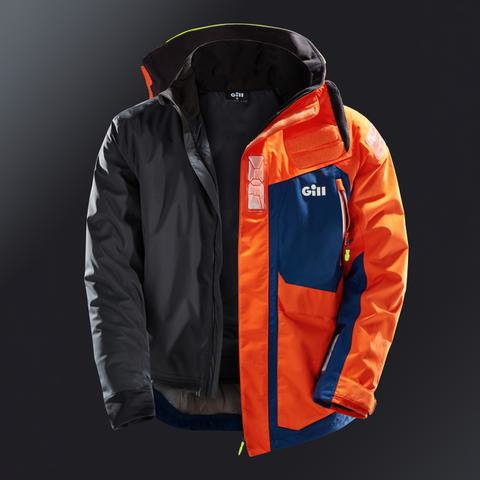A helpful list of definitions for photography, videography, and CGI terms that you may come across.
Angle
This is the specific viewpoint or direction from which a product is photographed. Different angles can highlight a range of product features. Creative photography also makes use of angles to provide a dynamic look.
Aperture
The aperture is the opening in a camera lens that lets light in. It is measured in f-stops and changing this affects the exposure and depth of field of the image. A wider aperture (and smaller f-stop number) creates a stronger blur in the background and vice versa.
Aspect Ratio
The height and width of an image. The width is usually the first number, and the height is the second number. Common ratios include 9:16 for portrait social media use, 1:1 for a square, 4:5 on Instagram, 16:9 for landscape.
Back Light
The back light is positioned behind or to the side of the product, it helps separate the product or model from the background, creates depth and provides a professional finish.
Backdrop
A backdrop is what appears behind the product. This can be within a studio set or a digital background added in post-production. Different backdrops are used depending on the purpose of the image - often white for ecommerce images, or a lifestyle setting for brand images.
Banner Image
A banner image appears on a key area of a website, usually at the top of the page. It has a horizontal orientation with neutral space for text to be overlayed clearly. A banner image can also be used on social media platforms such as LinkedIn, YouTube and Facebook, or on Shopify. Always check the banner image size and include this in your photography brief.
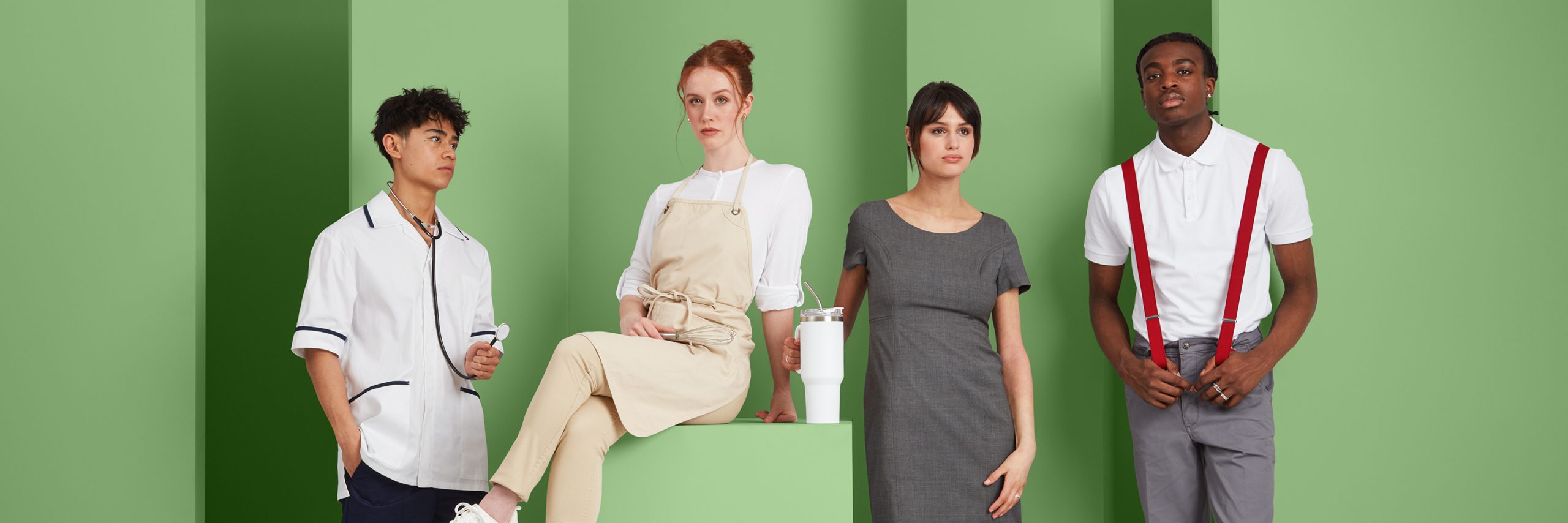
Bounce / Reflector
A white surface that is used to reflect light into shadowed areas. It may also be referred to as a polyboard for surfaces made from polystyrene.
Bracketing
Bracketing is a useful technique that involves taking several shots at different exposures. This gives you options to choose the best photo or blend different images to achieve a particular look.
B-roll
B-roll is video footage taken from a second camera and used to add variety to the main shots. It is useful for creating videos that are engaging and have a professional finish.
CGI
CGI (Computer-Generated Imagery) is the creation of product images or videos using 3D computer modelling and rendering software. It allows for the creation of highly controlled visuals and is an alternative to product photography.
Colorama
A Colorama is a brand name of a large roll of coloured paper commonly used for backdrops in a studio. Colorama provides smooth, uniform backgrounds that add vibrancy and professionalism to product shots.
Composition
Composition in photography is the artistic arrangement of objects and negative space in the frame. A good composition can create a visually appealing image.
Continuous Lighting
Lighting that remains constant is known as continuous lighting. It is useful in both photography and videography to visualise the lighting before the shot. Flash is more common in photography, whilst continuous lighting features more often in videography.
Depth of Field
Depth of field refers to the area of sharp focus in an image. A shallow depth of field helps to focus on the product and blurs the background, whilst a deep depth of field keeps all elements in the image sharp.

Detail Shot
A detail shot is a close-up photo that focusses on small features or textures of a product - useful for illustrating selling points of a product.
Diffuser
A diffuser is a semi-transparent material that is placed in front of a light to soften and even out the lighting. It results in less defined shadowing and spreads the light more equally across a product.
Dolly Shot
A dolly shot is a dynamic video movement towards or away from the subject. The camera tracks along the 'dolly'. It is a more cinematic option than a zoom.
Ecommerce Photography
Ecommerce photography is a broad term, often used to refer to products photographed on a white background, however other simple backgrounds may fall into the definition. These images are effective for product listings on ecommerce websites and marketplaces such as Amazon and eBay.
Exposure
The exposure relates to the amount of light that reaches the camera sensor. This is controlled through a combination of the aperture, shutter speed, and ISO. Correct exposure is crucial for accurate colour and product representation.
Fill Light
A fill light is a secondary light source used to soften or eliminate shadows created by the key light. Use of a fill light helps the product’s details remain easily visible without harsh shadowing.
Flash
A flash is used in photography to provide a quick, intense burst of light. It's the most common lighting technique for ecommerce photography.
Flat Lay
A product photography style in which items are pictured from above. Flat lay photography can be simple and used for ecommerce, or creative for use on social media.

Food Stylist
A food stylist is a specialised role on set. Their job is to prepare and arrange food products to look their most appetising and attractive for photography or videography. Food stylists use a range of clever techniques to enhance texture, colour, and freshness.
Foreground
The foreground refers to the part of the image that is closest to the camera. It can be used to add depth, create an attractive composition, and to emphasise the product in the image.
Frame
A frame is a term used most commonly in videography to refer to a single shot captured by the camera.
Generative AI Images
Generative AI software can create images and videos from text descriptions. In relation to product photography, it can generate creative concepts and backgrounds that contribute to the final image.
Ghost Mannequin / Invisible Mannequin Photography
Ghost mannequin or invisible mannequin is a photography technique used for clothing. It involves photographing garments on a mannequin and using post-production methods to remove the visible parts of the mannequin the final image. The process creates the illusion that the product is being worn by an invisible person, or a “ghost.”
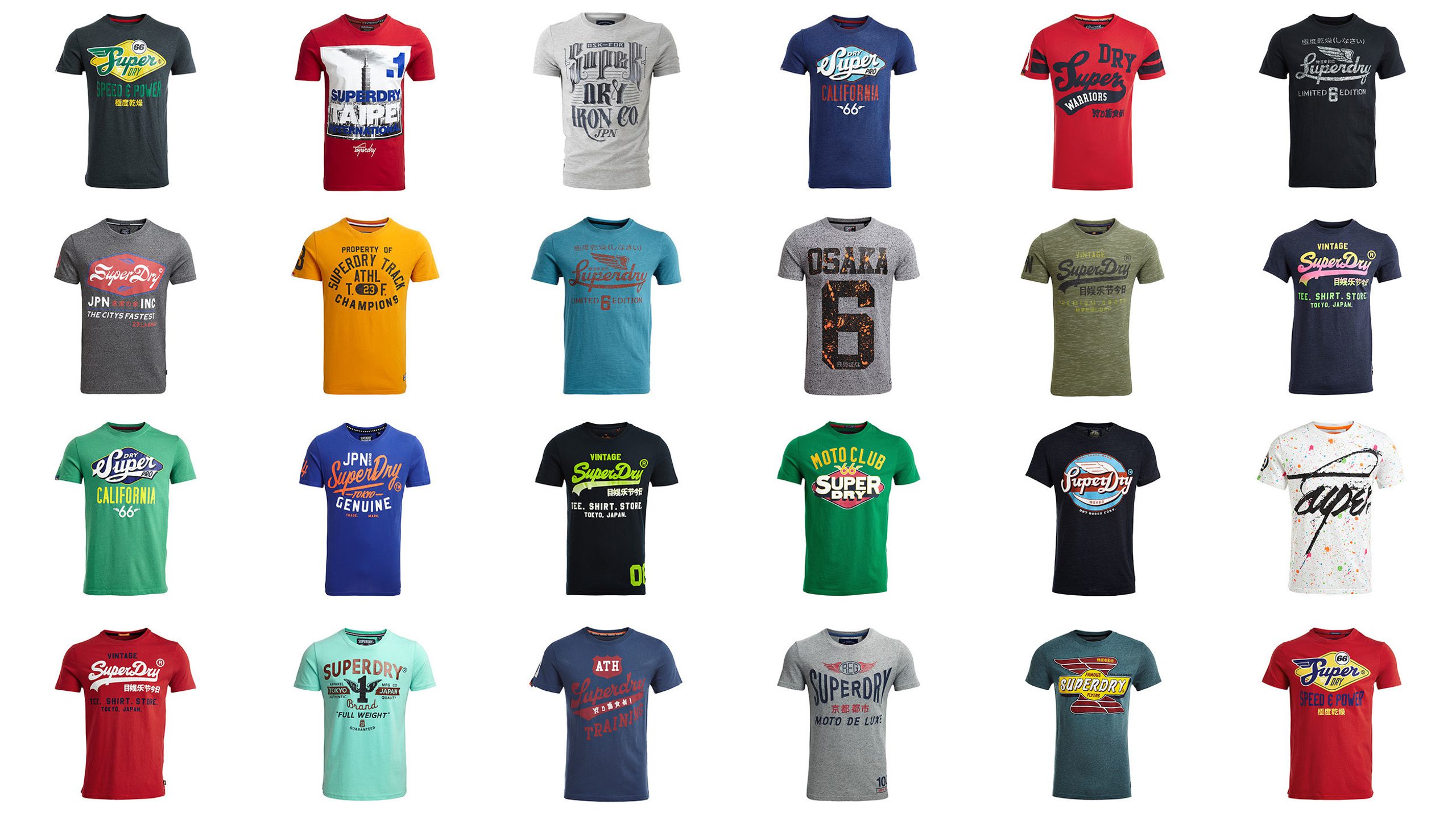
GIF
A GIF is a type of image file with a handful of frames that are edited together to create moving images. They're most frequently used in social media content.
Group Shot
An image that shows several products together. Useful for illustrating product bundles or collections.
Grey Card
A small, grey coloured card used to achieve correct colour balance in professional photography.
Hard Lighting
Hard lighting can be used in product photography to create dramatic effects or replicate direct sunlight. The light points directly at the subject to create a defined shadow. This style tends to lend itself to more creativity - it can be used in product photography to accentuate texture, create product reveals, and convey a moody atmosphere.
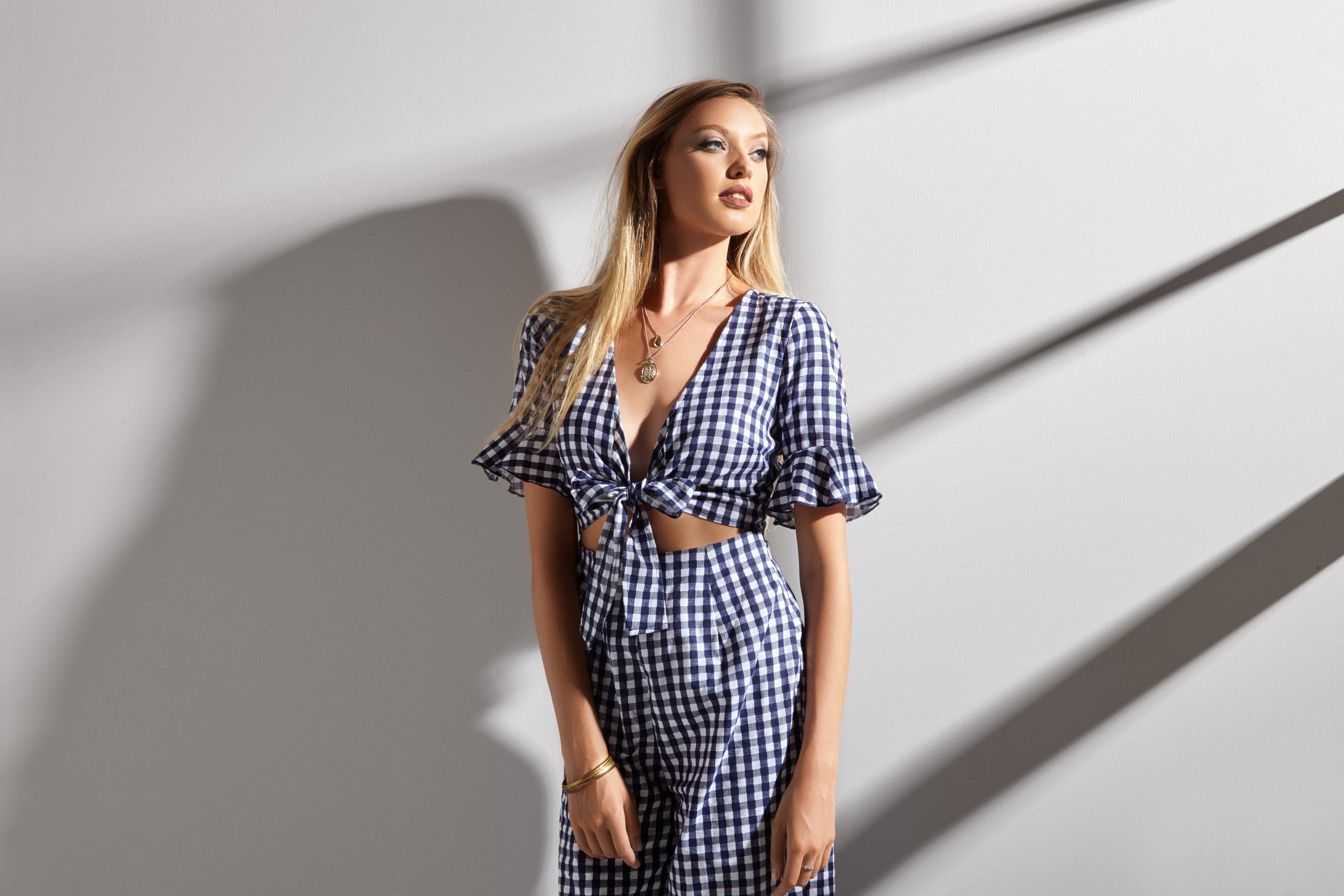
Hero Images
Hero images are placed prominently on a web page. They can be incredibly effective at showing products, offers, or brand messages.
HMU
HMU refers to hair and makeup. Hair and makeup artists on a studio set are responsible for styling models used in photography or video.
In-Camera
In-Camera refers to anything captured with the camera as opposed to anything added or edited in post-production. This can apply to camera settings, changes in the set, camera angles, lighting, and exposure.
Jib Shot
A jib shot is taken using a camera mounted on a jib or crane. This videography style is often used to produce sweeping, high-angle shots.
JPEG vs RAW
Both JPEG and RAW refer to image file formats. JPEG is compressed and ready for web, while RAW retains all camera data and is often a large file format. When commissioning photography, you will receive JPEGs or similar file formats such as PNG.
Key Light
The main light source and often the brightest in the setup. It is usually positioned at a 45-degree angle to the product.
Lifestyle Photography
Lifestyle photography shows products in situ, or being used in real-life situations. It often includes models and props in a location or studio set. Lifestyle images are effective at creating stories and demonstrating products' style and intended use.
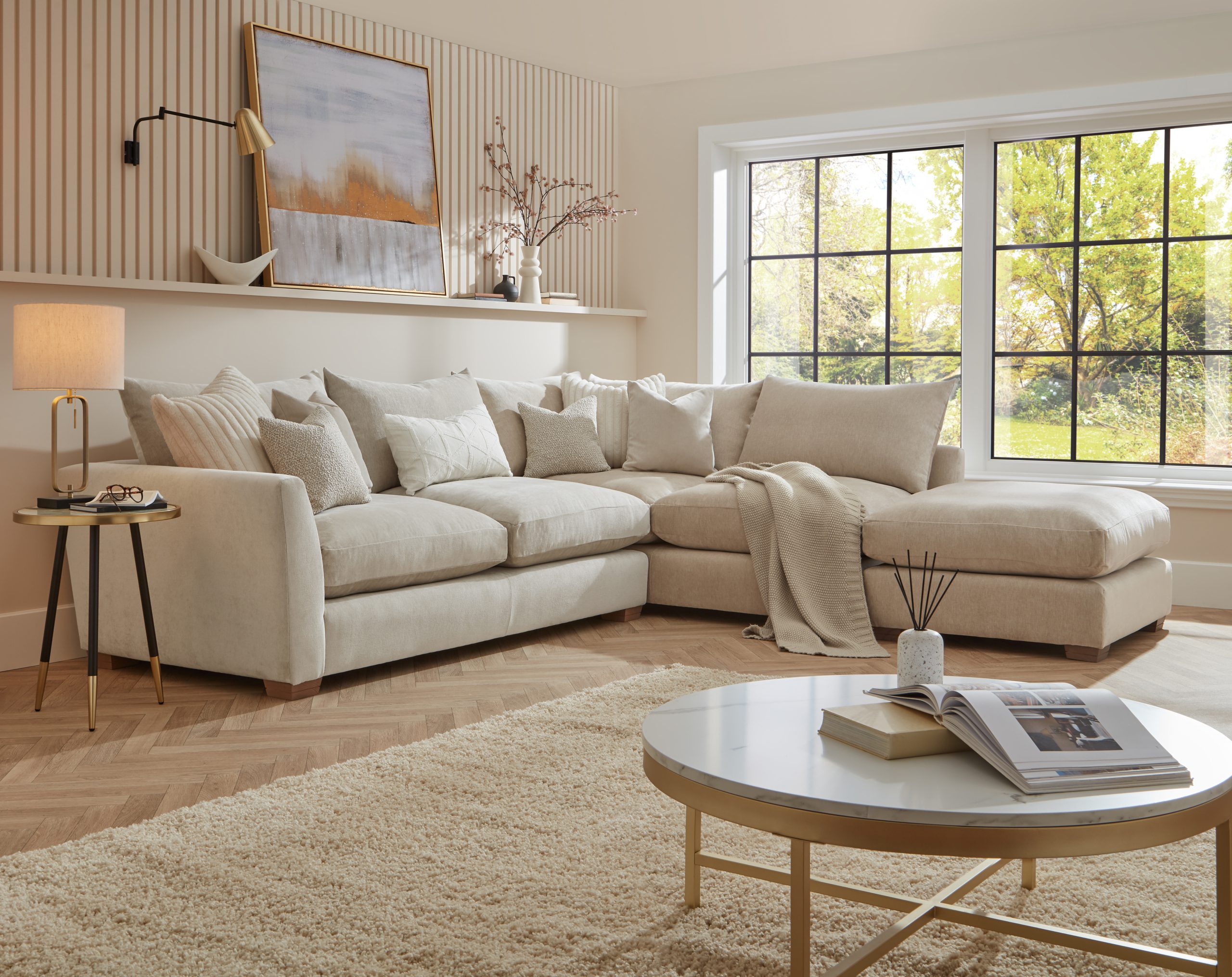
Macro Photography
A style of photography that takes extreme close ups of products, showing tiny details that are almost invisible to the naked eye. It is useful for showing materials, textures and to create beauty and drama. Macro photography requires the correct studio kit, particularly macro lenses.
Modifier
A modifier is a lighting accessory that changes the quality, shape, or spread of light (e.g. softbox, umbrella, reflector, diffuser).
On-model Photography
On-model photography refers to clothing being worn by models for the purpose of photography. It is a popular style of ecommerce photography that is used to demonstrate scale, fit, and product features. Well chosen models can be relatable to customers and bring personality to a brand.
Packshot Photography
A packshot is a high-quality image of a product’s packaging, typically on a plain background. Packshots are most commonly used for ecommerce, or catalogues.
Pan
A pan is a horizontal camera movement across the product or studio set.
Post-production
Post-production is the process in which professional images and videos are edited. This digital editing of photos or video clips includes a range of activities which range from simple corrections to advanced creative techniques.
PPI (Pixels per Inch)
This is the unit of measurement for the resolution of a digital image. A higher PPI provides better detail and therefore print quality. Lower PPI images are generally better for use on web and social media due to their lower file size.
Product Modelling
Product modelling refers to a process used to create CGI. A product must be created in a digital form known as a CAD (computer-aided design) for it to be used in CGI. It is often possible to make use of pre-existing models that may have been created for product design. If no models exists however, the process involves studying the shape, textures and details of the product and recreating them digitally.
Product Shot / White Background
A standard ecommerce shot where your product is positioned on a clean, seamless background. This style works well on ecommerce sites and is often required by marketplaces such as Amazon.
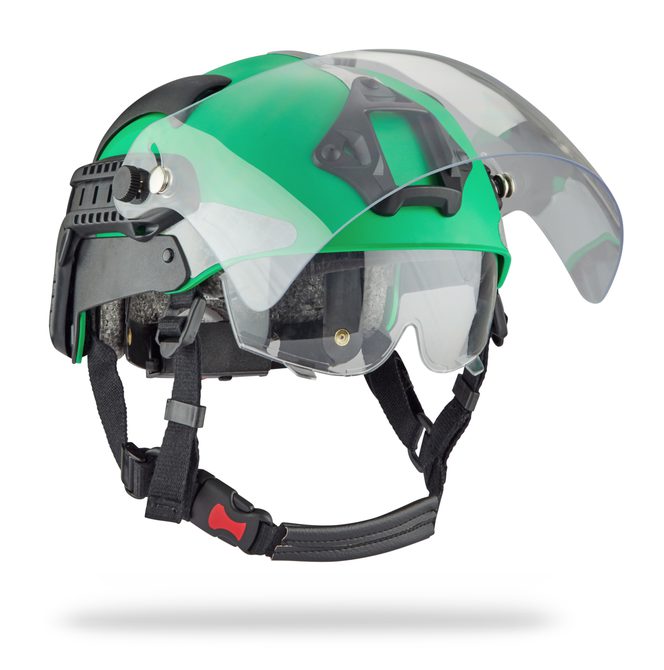
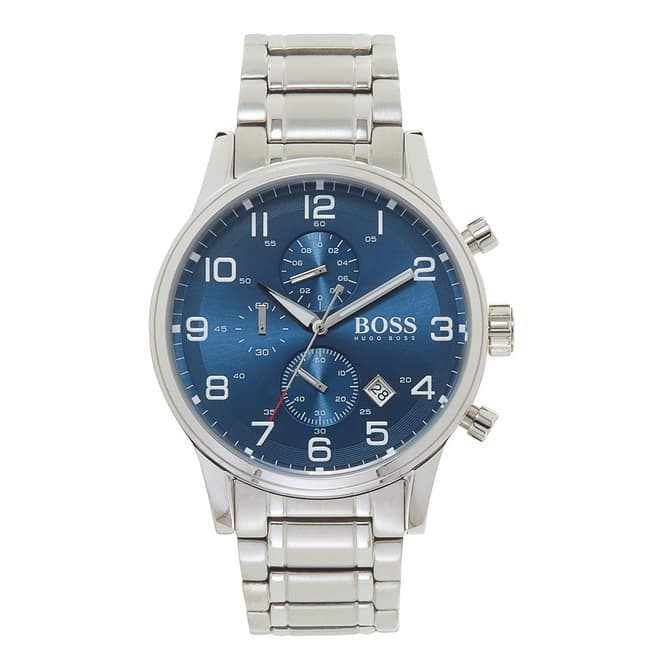
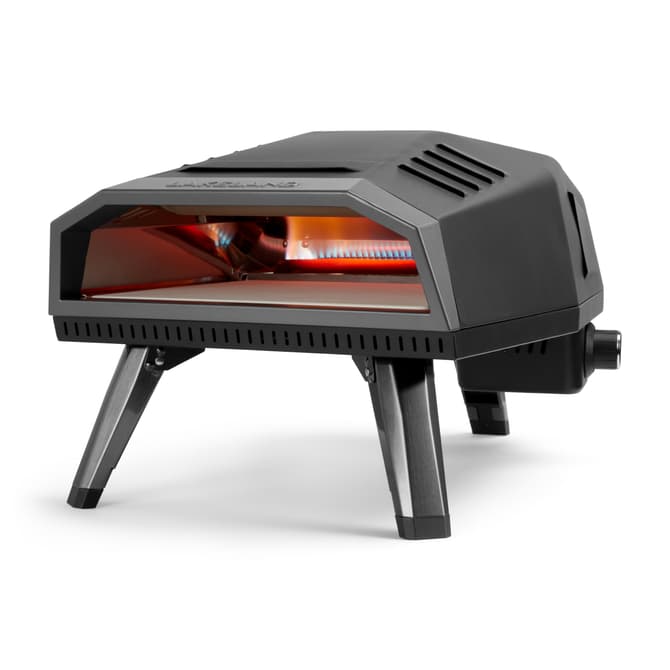
Render / Rendering
Renders or rendering is a CGI process. To render an image from a 2D or 3D model, means to output it into an image format. Rendering is an energy intensive process and can take a significant amount of time.
Resolution
The resolution of an image refers to the detail and clarity within an image. The resolution for both video and photography is the total number of pixels within the image - this is measured in PPI.
Retouching
Retouching means to edit an image in post-production. It may include smoothing skin imperfections, removing background elements, and colour matching to products.
Ring Light
A ring light is a circular light that provides an even level of brightness on an object or person. It is useful for minimal shadowing when photographing small products.
Room Set
A room set is a styled interior environment built physically to photograph products. It is ideal for lifestyle images that tell a brand story, and a more practical alternative to location photography in many circumstances. A digital room set can also be created in CGI for a fully digital product image.
Shot List
A shot list refers to the part of a photography brief that explains to the photographer which shots to capture. It should include the exact amount of products, number of shots per product, and details on angles and various set ups. The equivalent for videography would be a storyboard. This is a vital part of the planning process and should be approved before the shoot by everyone involved.
Shutter Speed
The shutter speed controls how long the camera’s sensor is exposed to light. Slower speeds blur motion, whilst a faster speed captures a crisp image.
Soft Light
Soft light creates gentle shadows and is effective for product photography as it allows the entire product to be lit evenly. It is a popular style as it highlights all elements of a product evenly to ensure clarity and consistency.
Still Life Photography
Still life photography refers to a style that arranges products in a creative and engaging way. Still life photography can be in a lifestyle setting, or use a creative studio set up.
Stop Motion Animation
Stop motion is an animation technique that combines a large number of photos in a video sequence. Objects are moved incrementally between images to create an animated video that is often used for a playful style.
Stylist
A stylist is a creative role on set who arranges products, props, and sometimes models. They will work with the photographer or videographer to create engaging compositions and achieve the desired look.
Tabletop Photography
Tabletop photography refers to products arranged on a small surface. It is a technique often used in ecommerce photography for small products, or food and drink.
Three Point Lighting
Three-point lighting is a standard setup using key, fill, and back lights. It provides a balanced image, with even lighting.
Virtual Production
A photography and videography technique that shoots a product in front of a virtual background displayed on a screen. It is used to create lifestyle and creative images without location shoots or set building. To create realism, the image is balanced with foreground elements, which are lit in the same way as the on-screen background.
Watermark
A watermark is a semi-transparent icon placed on top of an image or video. We may add a watermark to allow you to view an image ahead of payment. This is a common practice in creative industries.
Zoom
An adjustment made to the camera lens to seemingly bring the product closer. It is used to focus on key product details in both photography and videography.
360º Photography
360º photography is a technique that spins the product to capture all angles for interactive views. A turntable provides a smooth and professional finish.
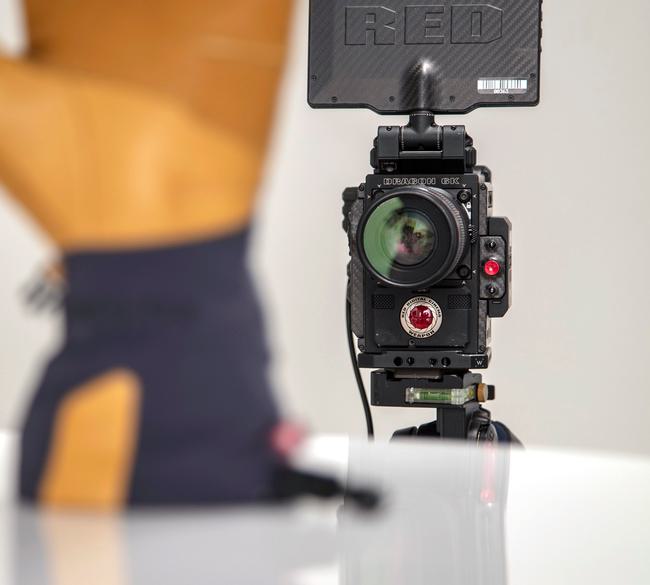
More Helpful Guides
Our photography, video and CGI guides can help your next project become a success.
Packed with creative ideas, practical tips, and best practice advice.


